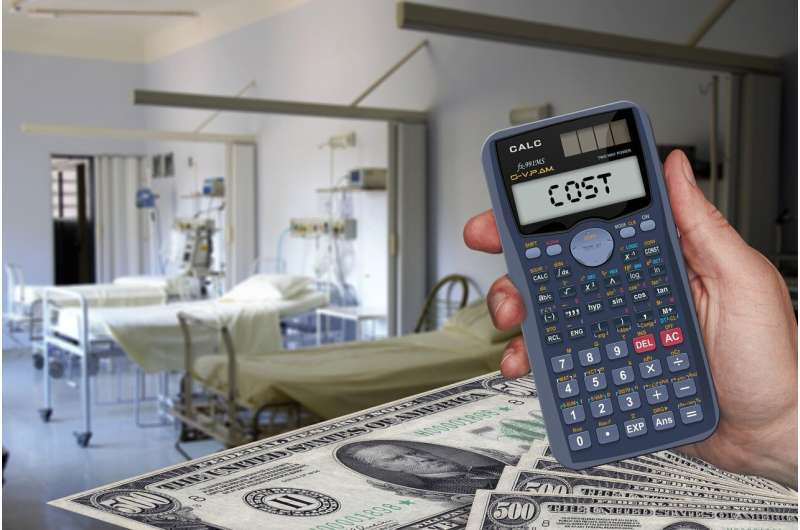Study: Spike in hospitals suing patients over unpaid medical bills

A study by researchers at Yale and Stanford universities reveals a significant increase in lawsuits over unpaid hospital bills in Wisconsin, providing further evidence of the financial hardship that the U.S. health care system is causing patients.
The study, published Dec. 6 in the journal Health Affairs, found that lawsuits over unpaid bills for hospital care increased by 37% in Wisconsin from 2001 to 2018, rising from 1.12 cases per 1,000 state residents to 1.53 per 1,000 residents. During the same period, wage garnishments from the lawsuits increased 27%. By 2018, more than half of hospital lawsuits in Wisconsin resulted in wage garnishments, according to the study. The rise in lawsuits disproportionally affected Black patients and lower-income patients in rural areas, the study showed.
“We have a health system that is putting immense financial pressure on patients. Whether it’s surprise medical bills or this rise in hospitals suing over unpaid medical bills, these kinds of financial risks make patients wary of going to the hospital for care they need,” said study co-author Zack Cooper, an associate professor of health policy at the Yale School of Public Health and of economics in the Faculty of Arts and Sciences. “Our findings that hospitals are suing patients more frequently underscores the need to reform a health system that is, too often, geared towards the convenience of the people working in it, not those using it.”
James Han, a sophomore in Yale College and a research assistant in the Department of Economics, and Neale Mahoney, an economics professor at Stanford University, are co-authors of the study. The researchers analyzed publicly available records from Wisconsin’s circuit court system, including data on small claims, civil claims, and hospital lien cases. The study was supported by Yale’s Tobin Center for Economic Policy, a research center that catalyzes policy-relevant social science research at Yale and provides undergraduates opportunities to be involved in the research process.
Their analysis uncovered racial and economic disparities in hospital lawsuits. In 2018, there were 1.86 lawsuits per 1,000 Black residents, compared to 1.32 per 1,000 white residents, according to the study.
“As the findings demonstrate, medical debt continues to hit Black families the hardest,” Cooper said. “These lawsuits create a double whammy for low-income Black patients, who are less likely to be insured. As the cost of medical care continues to rise, access to care will grow further out of reach for low-income people, who are disproportionately people of color.”
The rise in lawsuits has caused more and more people having their wages garnished to pay off medical debt, the study showed.
“Being taken to court over medical debt can be a major blow for low-income patients,” Han said. “Hospitals can get a court-ordered judgment to garnish the patient’s wages and take money directly from their paycheck in order to collect unpaid bills.”
The researchers also found that some hospitals sue more frequently and disproportionately relative to the number of patients they treat: 5% of hospitals account for 25% of lawsuits. Nonprofit hospitals and critical access hospitals—facilities that receive large subsidies from the federal government—are more likely to sue patients, according to the study.
“I was disappointed to learn that nonprofit and critical access hospitals, which receive significant government support in part to help them provide care to low-income and rural communities, have been the most aggressive in suing their patients,” Mahoney said. “Critical access hospitals are oftentimes the only accessible option for rural residents in need of essential services.”
The study also showed that hospitals disproportionately sue residents of less densely populated counties. For example, an analysis of data for 72 counties from 2014 to 2018 found that annual lawsuits varied from 0.118 per 1,000 residents in urban Douglas County to 12.273 per 1,000 residents in rural Juneau County.
Source: Read Full Article
